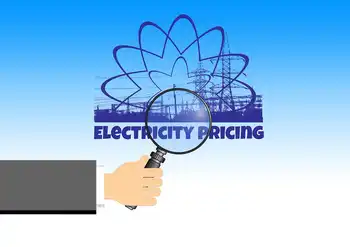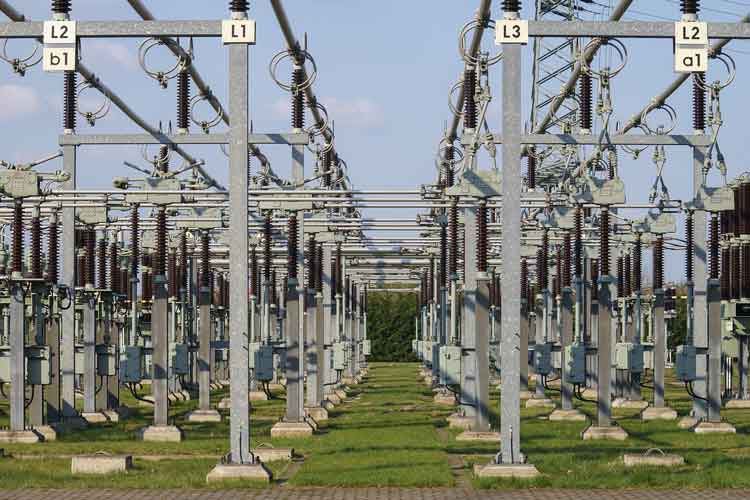New Jersey may put turbines on piers
State Sen. Jeff Van Drew is pushing to change state regulations to allow the construction of power-generating wind turbines on amusement piers.
The Cape May Democrat has introduced legislation that would change coastal regulations that now prohibit energy facilities within 500 feet of the high tide line.
Van Drew says the restrictions are outdated, and that easing rules on environmentally friendly sources of power makes economic sense.
"Every time we put a wind turbine in, or a solar panel field, we're relying on Mideast oil that much less," he said.
The idea has support from some environmental groups and the president of Steel Pier in Atlantic City, who is lobbying to build five wind turbines to power all the pier's attractions.
David Pringle of the New Jersey Environmental Federation says despite concerns over the impact of wind turbines on migratory birds, the structures are less invasive than large housing developments, casinos or other structures built on piers. Pringle says current restrictions on clean energy are too stringent.
"They (state government) hold clean renewables like wind energy to a higher standard than the Borgata (casino) or a large housing development," he said. "That doesn't pass the straight-face test."
The proposal comes as New Jersey, which already uses windmill power in parts of Atlantic City and elsewhere, is attempting to become a leader in wind power.
There's a plan to build a $1 billion wind farm in the Atlantic Ocean about 16 miles southeast of Atlantic City. And the federal government gave four companies permission to start exploring whether wind off the coast of New Jersey and Delaware can be harnessed to make electricity.
Related News

Electricity bills on the rise in Calgary after
CALGARY - Calgarians should expect to be charged more for their electricity bills amid significant demand on the grid and a transition to above-average rates.
ENMAX, one of the most-used electricity providers in the city, has sent an email to customers notifying them of higher prices for the rest of the winter months.
“Although fluctuations in electricity market prices are normal, we have seen a general trend of increasing rates over time,” the email to customers read.
“The price volatility we are forecasting is due to market factors beyond a single energy provider, including but not limited to expectations for a colder-than-normal winter…




